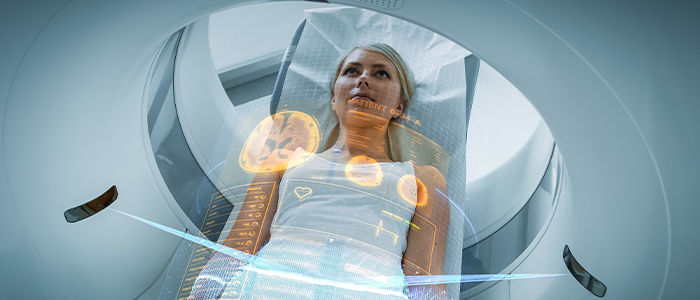
“Positron Emission Tomography” and “Computed Tomography” (PET-CT) are the amalgamation of two advanced imaging technologies that provide error-free results concerning the existence and recurrence of cancer. With PET scan in Bangalore, more accurate diagnoses come and can develop more targeted treatment plans, and less invasive monitoring, this as a consequence provides an improved outcome for patients.
Benefits of PET-CT in managing cancers
A CT scan provides more detailed pictures of tissues and organs inside the body. On the other hand, a PET scan finds abnormal activities and it is more sensitive than any other imaging test. The combination of these modalities gives a piece of exclusive information that is broadly used to manage cancers. According to the “clinical research data”, it has been proven that PET-CT scanning is highly effective for conventional imaging while managing and diagnosing various kinds of cancers.
To manage the cancer stage, a PET-CT scan can be helpful for doctors in the following manner,
After one has experienced the treatment of cancer, a scan might show an area where the cancer cell is left. This might not be cancer but the scars which have been killed by the treatment. Therefore, in this case, a PET-CT scan provides clear and accurate results for whether the tissues are active cancer or not.
How is cancer management being changed by PET-CT?
PET-CT is used not only to diagnose cancer but also to provide valuable details related to the stages of cancer, recurrence of cancer, the efficacy of treatment, radiation and chemotherapies, the aggressiveness of cancer cells, and many others. The proper management of cancer requires accurate evaluation and diagnosis of the spread of the tumor and this PET-CT scanner provides sophisticated imaging for assessing the original tumor and metastatic disease. For example, there are some of the major tumor types where PET-CT can be highly useful, including,
How PET-CT works
Cancer cells usually require a great deal of glucose or sugar for having enough energy to grow and develop. PET-CT scanning uses a radioactive molecule that is highly similar to glucose, named “fluorodeoxyglucose” (FDG). Once this is injected, the patient is imaged on the entire body PET-CT scanner to reveal the growth of cancer. Every PET-CT scan is correlated and reviewed by both a Nuclear medicine physician and a radiologist in the review session to make proper and accurate reports that are generated from each division for every patient.
Is PET-CT safe?
PET-CT scans carry a risk of radiation and this kind of scan uses some radiation from X-rays. Less radiation is required while scanning a smaller area. The benefits of tests are usually greater than the risks and this low dose of radiation has caused harm to people. The PET-CT is safe because at the time of tests, one will be exposed to a minimum amount of radiation, yet there are a few possible risks, particularly for those who need multiple PET-CT scans and X-rays.
Possible risks while in PET-CT scan
A PET-CT scan is considered the safest tool for many people, yet like all other medical tests, it has some risks too, which include,
Breastfeeding
If an individual is breastfeeding, the department should know this information a few days prior to the appointment. This is because after having radioactive drugs, one cannot be able to breastfeed her baby and for this, she needs to store enough expressed milk for one feed.
Pregnancy
Pregnant women can only have the scan in case of emergency. There is a huge risk that radiation can cause harm to the developing baby.
Radiation
Exposure to this situation at the time of PET-CT scan can maximize the risk of developing cancer in the future.
Allergic reactions
People have allergic reactions to this radioactive tracer, very rarely. This often begins with sweating, weakness, and difficulty breathing.
Swelling and bruising
One might get a small bruise around the area where they have put the needle in. There is a high risk that this radioactive tracer is going to leak outside the vein. This can cause pain and swell in the arm but it is rare.
Best PET scan doctor can use lower dose scans or limit the amount of scanning for patients to avoid any risks. It is important for you to inform your doctor regarding the number of imaging scans and their types. Best PET scan doctors at Care Therapy India are very much concerned about radiation exposure and provide the best treatment plan after evaluation for a better future.